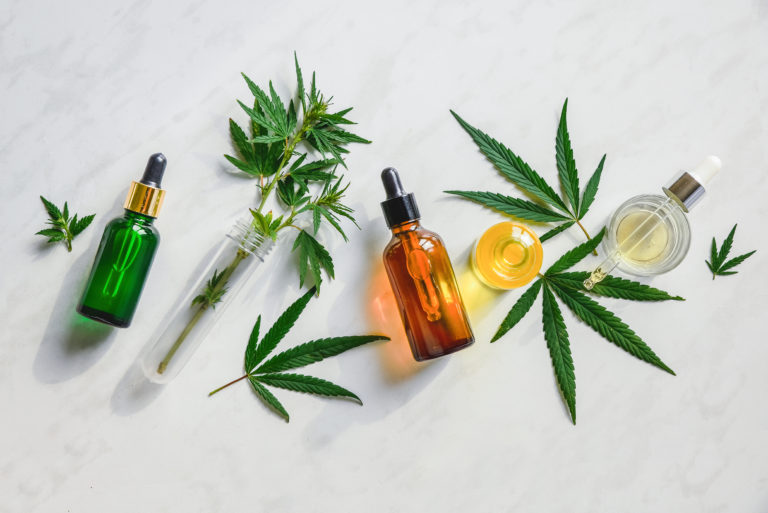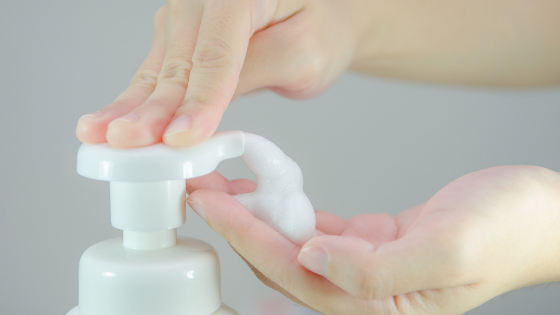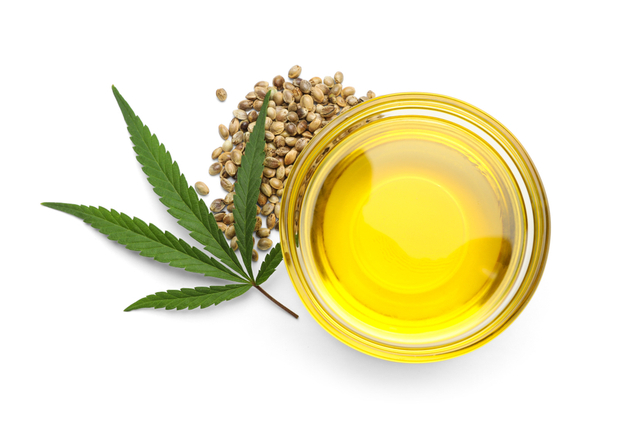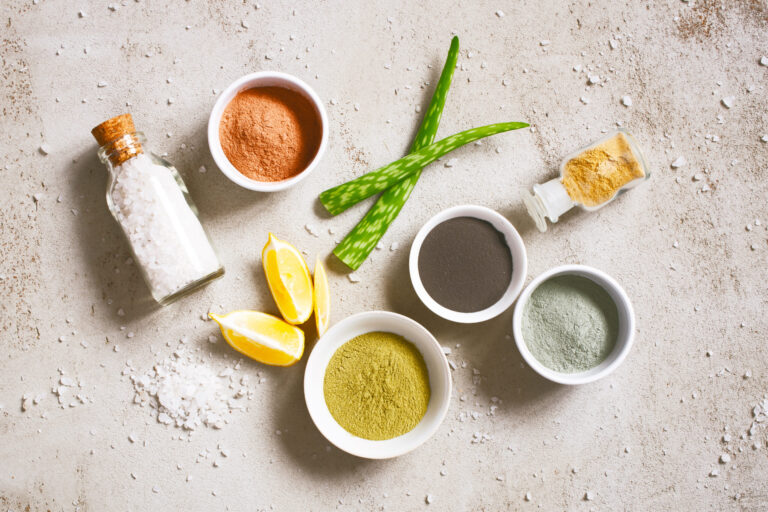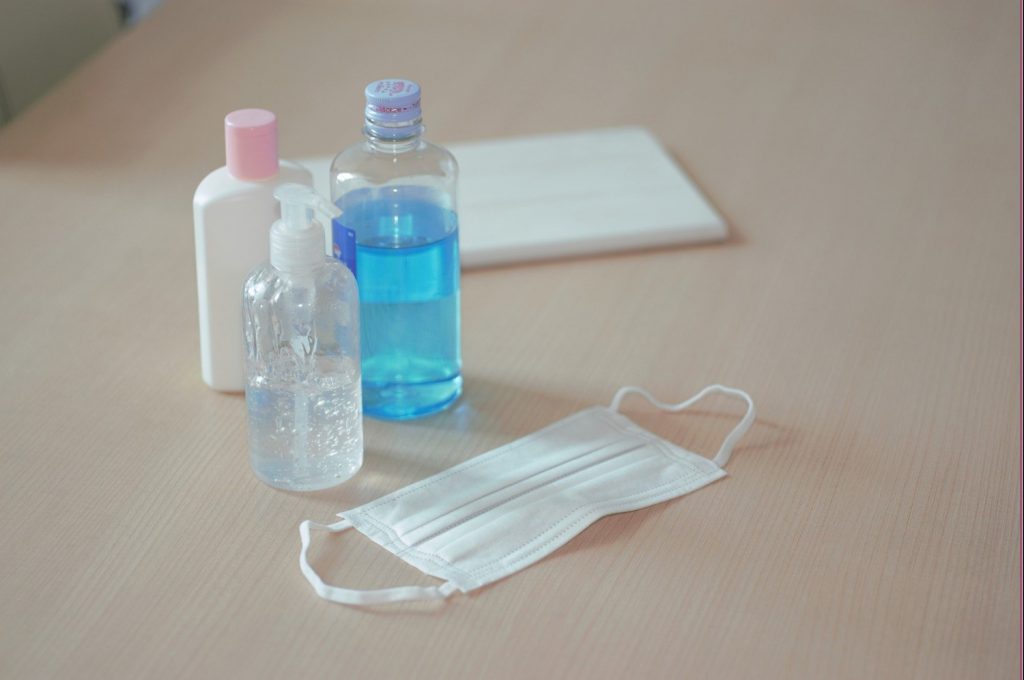
With much of the world in the grip of the COVID-19 pandemic, the demand for hand sanitizers has exploded. To meet the urgent need, some beauty and personal care companies, distilleries and others not currently registered as drug establishments have pivoted to producing the virus-killing fluid.
In response, regulatory authorities from across the globe have temporarily eased some restrictions and issued manufacturing guidelines in an effort to speed up production.
In the US, the FDA announced the “Temporary Policy for Preparation of Certain Alcohol-Based Hand Sanitizer Products During the Public Health Emergency (COVID-19)” on March 21st. The guidelines went into effect immediately, but were revised later in the month and again on April 15th.
The FDA’s guidelines specify that hand sanitizers be made with active ingredients of either alcohol that is not less than 94.9% ethanol by volume, or United States Pharmacopeia (USP) grade isopropyl alcohol. It also specified that sanitizers should be made with USP or “food grade” glycerin (glycerol), USP-grade hydrogen peroxide concentrate or technical grade hydrogen peroxide, and sterile water.
The FDA also released temporary policies allowing pharmacists to mix alcohol-based hand sanitiser to meet local demand, and the for manufacture of alcohol for hand sanitizer production during the pandemic.
The mid-April update specified that only fuel or technical grade ethanol that meets food or pharmaceutical grade standards and has been screened for certain impurities should be used in the production of hand sanitizers.
Coincidently, a rule on hand sanitizer ingredients that FDA finalized last year went into effect on April 13th. The rule states that triclosan, tea tree oil, salicylic acid, and 25 other active ingredients are not eligible for evaluation under the OTC Drug Review for use in hand sanitisers. The rule does not ban benzalkonium chloride, ethyl alcohol, or isopropyl alcohol.

